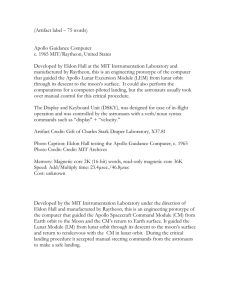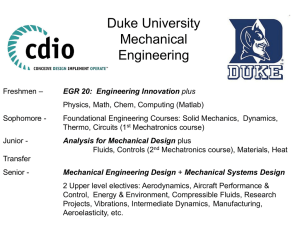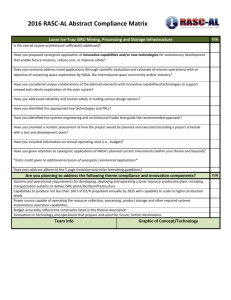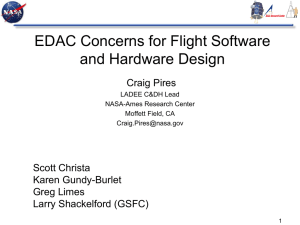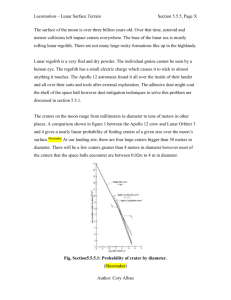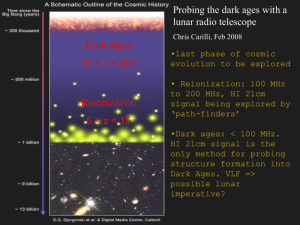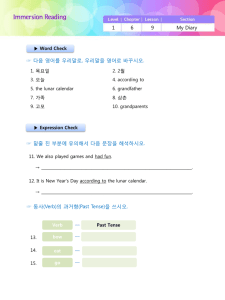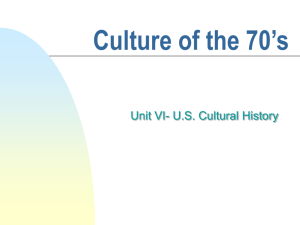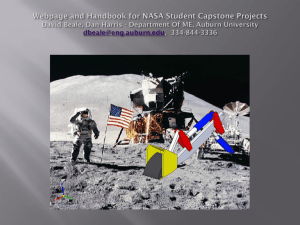Berlin_Abstract_2012..
advertisement
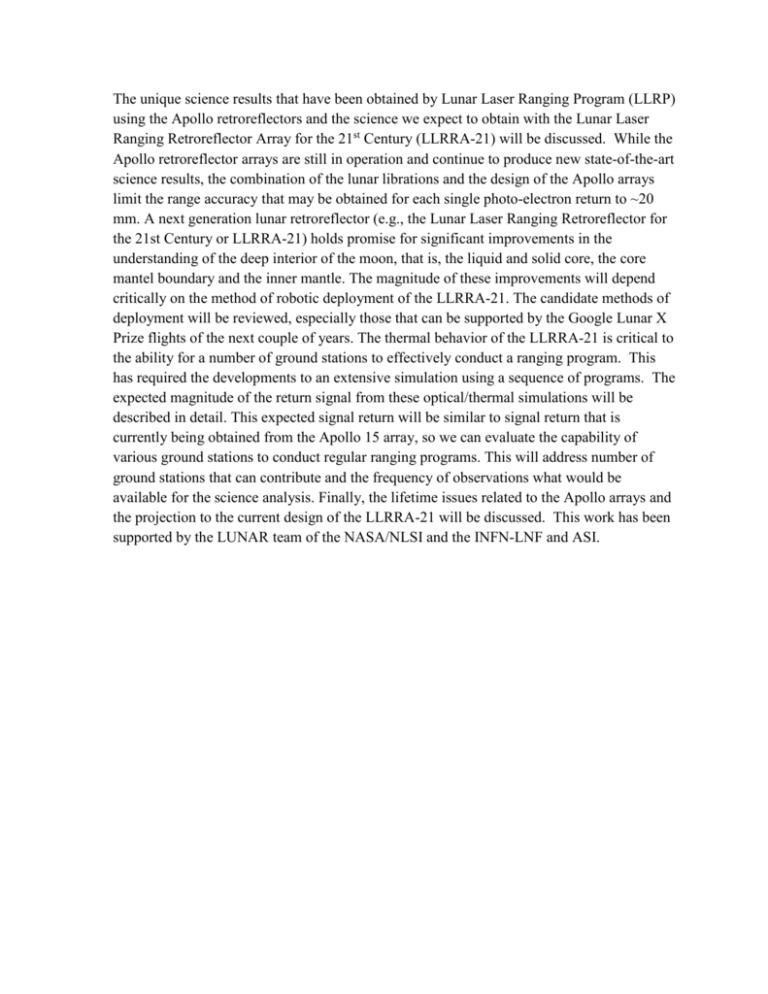
The unique science results that have been obtained by Lunar Laser Ranging Program (LLRP) using the Apollo retroreflectors and the science we expect to obtain with the Lunar Laser Ranging Retroreflector Array for the 21st Century (LLRRA-21) will be discussed. While the Apollo retroreflector arrays are still in operation and continue to produce new state-of-the-art science results, the combination of the lunar librations and the design of the Apollo arrays limit the range accuracy that may be obtained for each single photo-electron return to ~20 mm. A next generation lunar retroreflector (e.g., the Lunar Laser Ranging Retroreflector for the 21st Century or LLRRA-21) holds promise for significant improvements in the understanding of the deep interior of the moon, that is, the liquid and solid core, the core mantel boundary and the inner mantle. The magnitude of these improvements will depend critically on the method of robotic deployment of the LLRRA-21. The candidate methods of deployment will be reviewed, especially those that can be supported by the Google Lunar X Prize flights of the next couple of years. The thermal behavior of the LLRRA-21 is critical to the ability for a number of ground stations to effectively conduct a ranging program. This has required the developments to an extensive simulation using a sequence of programs. The expected magnitude of the return signal from these optical/thermal simulations will be described in detail. This expected signal return will be similar to signal return that is currently being obtained from the Apollo 15 array, so we can evaluate the capability of various ground stations to conduct regular ranging programs. This will address number of ground stations that can contribute and the frequency of observations what would be available for the science analysis. Finally, the lifetime issues related to the Apollo arrays and the projection to the current design of the LLRRA-21 will be discussed. This work has been supported by the LUNAR team of the NASA/NLSI and the INFN-LNF and ASI.
